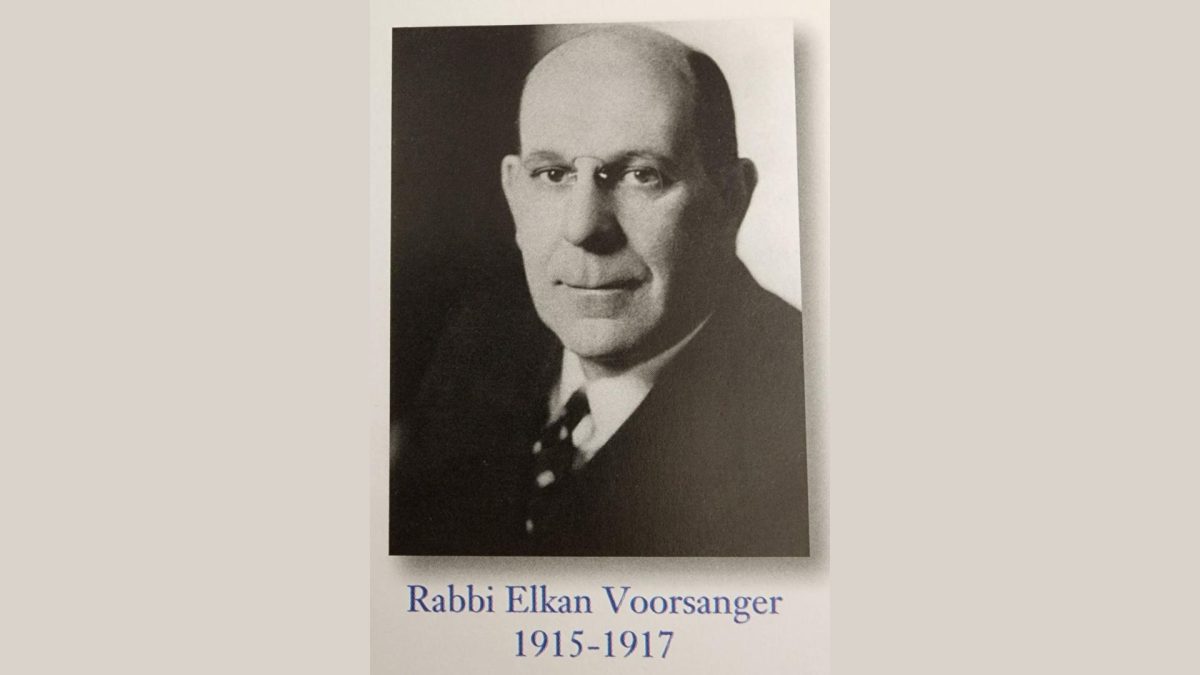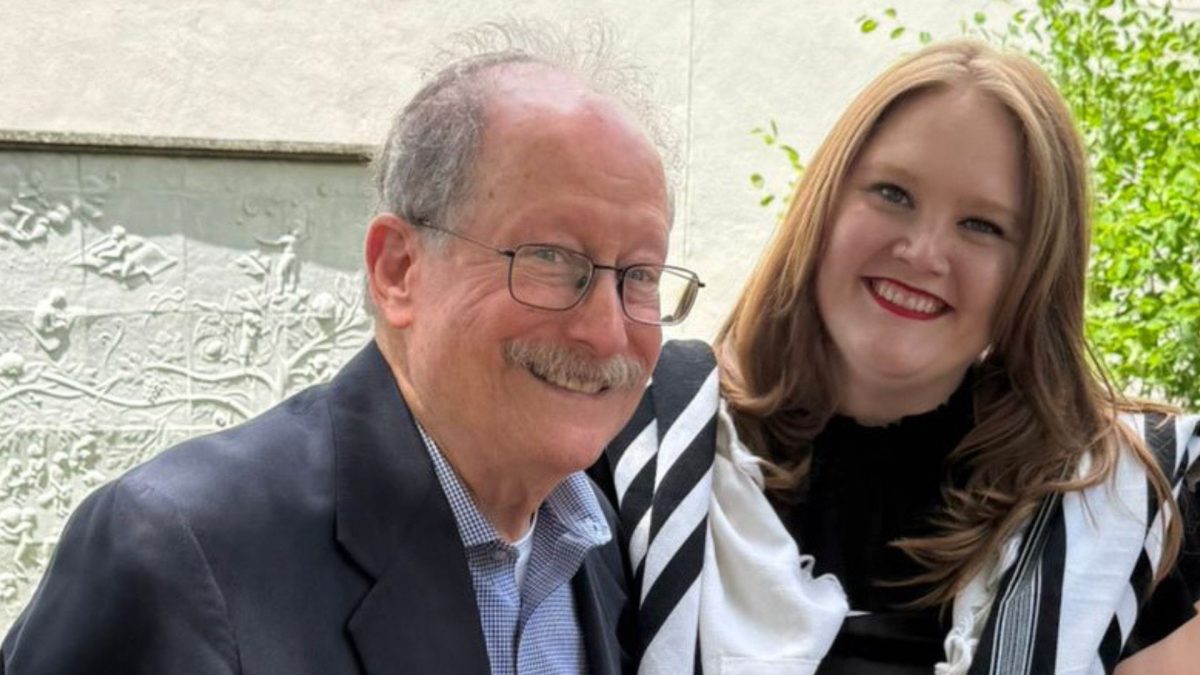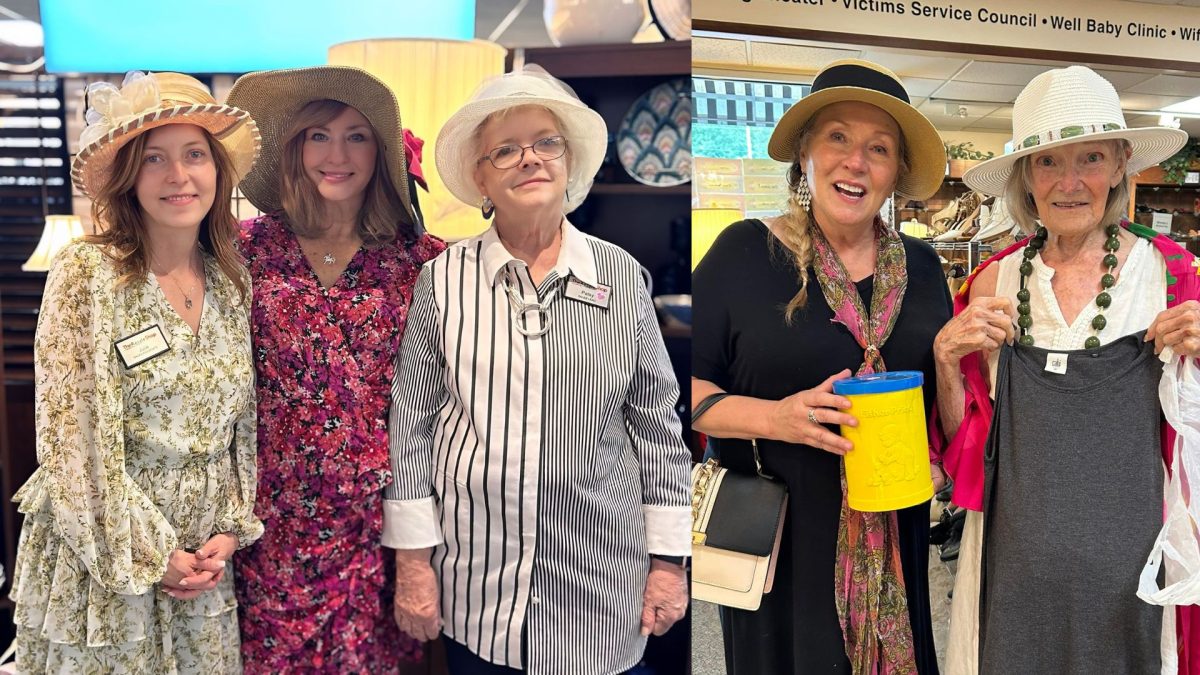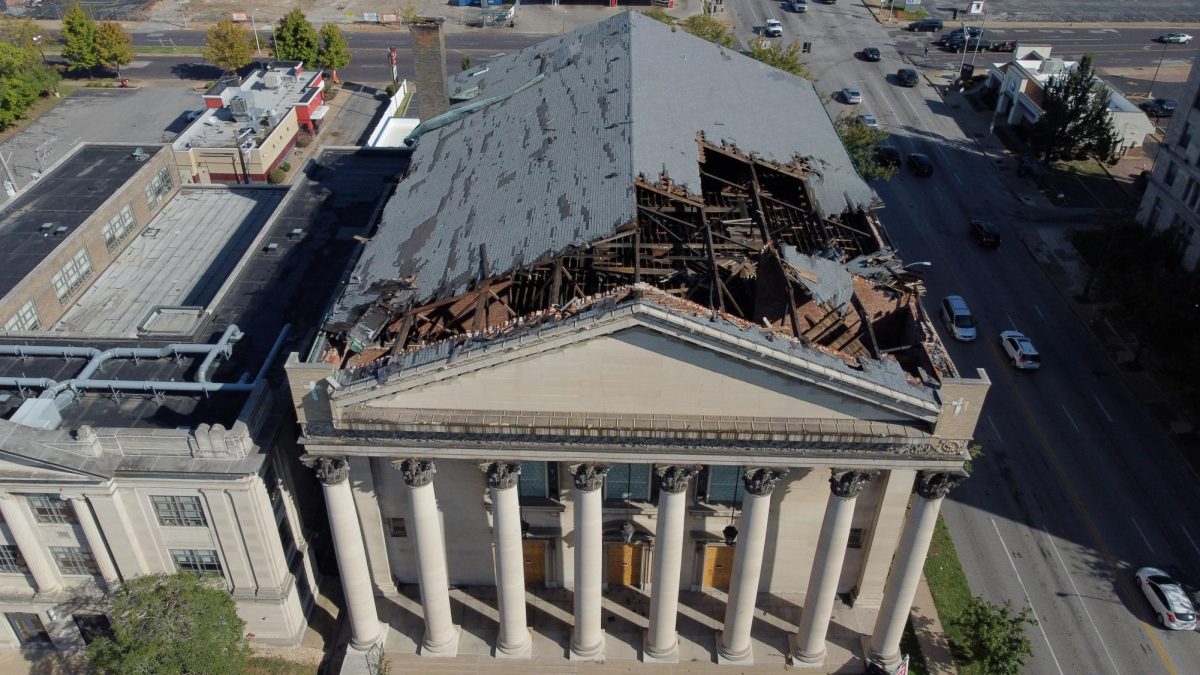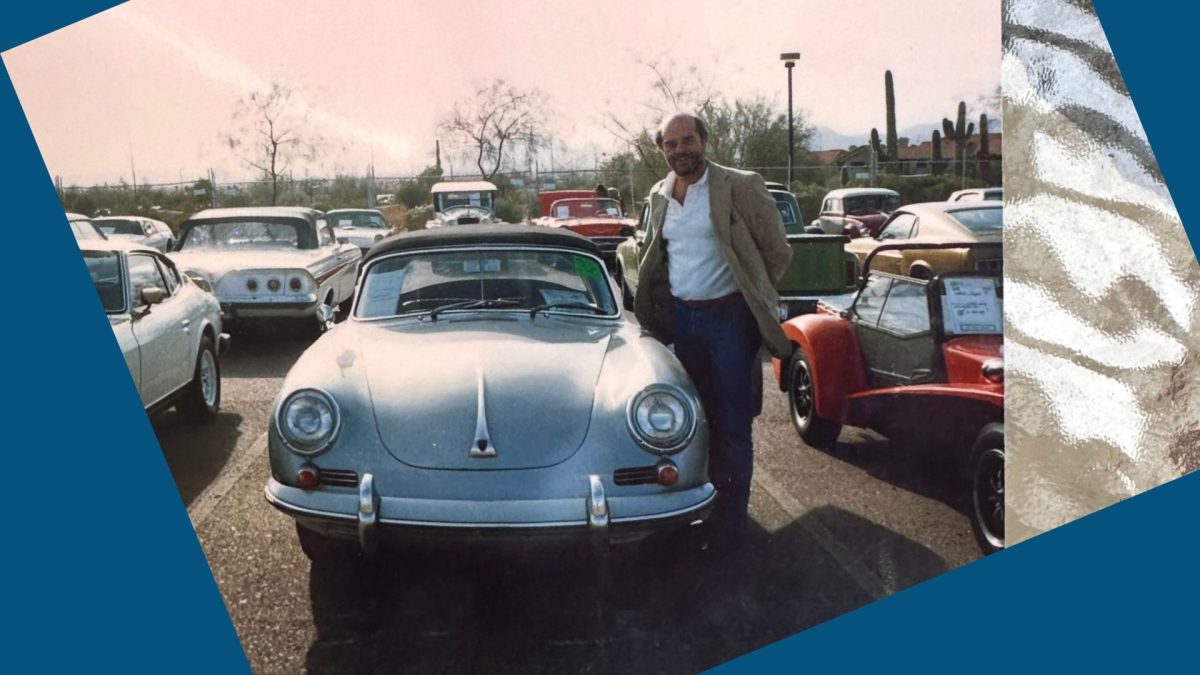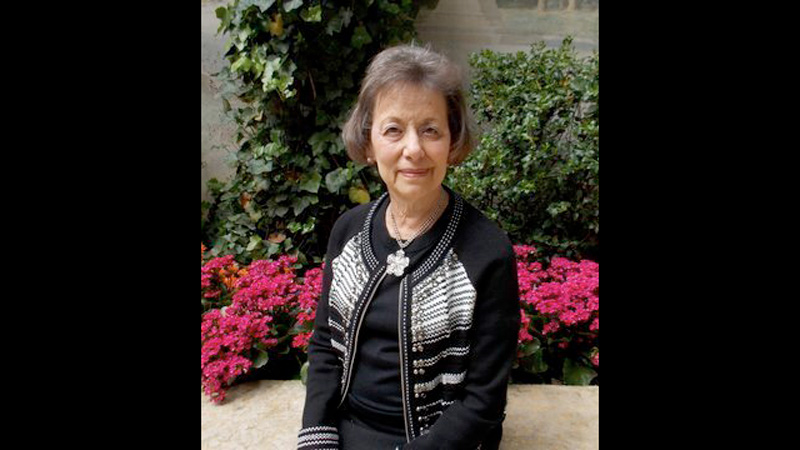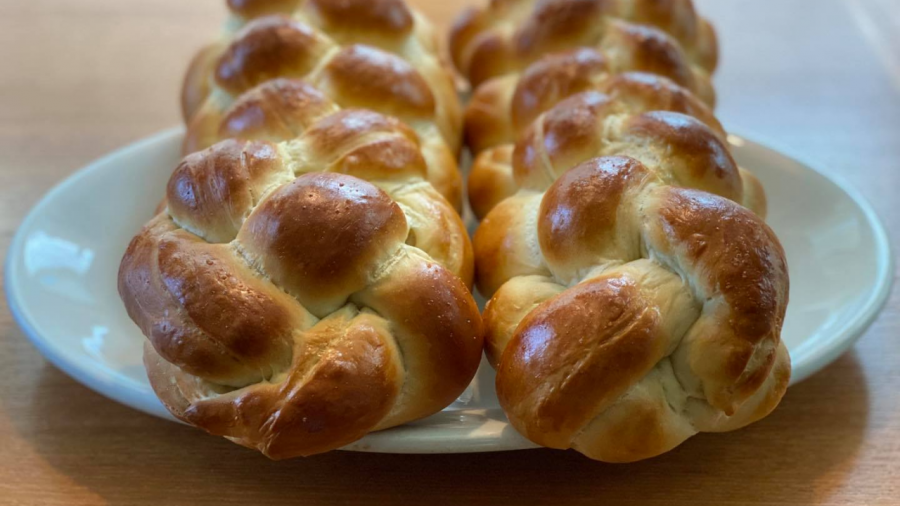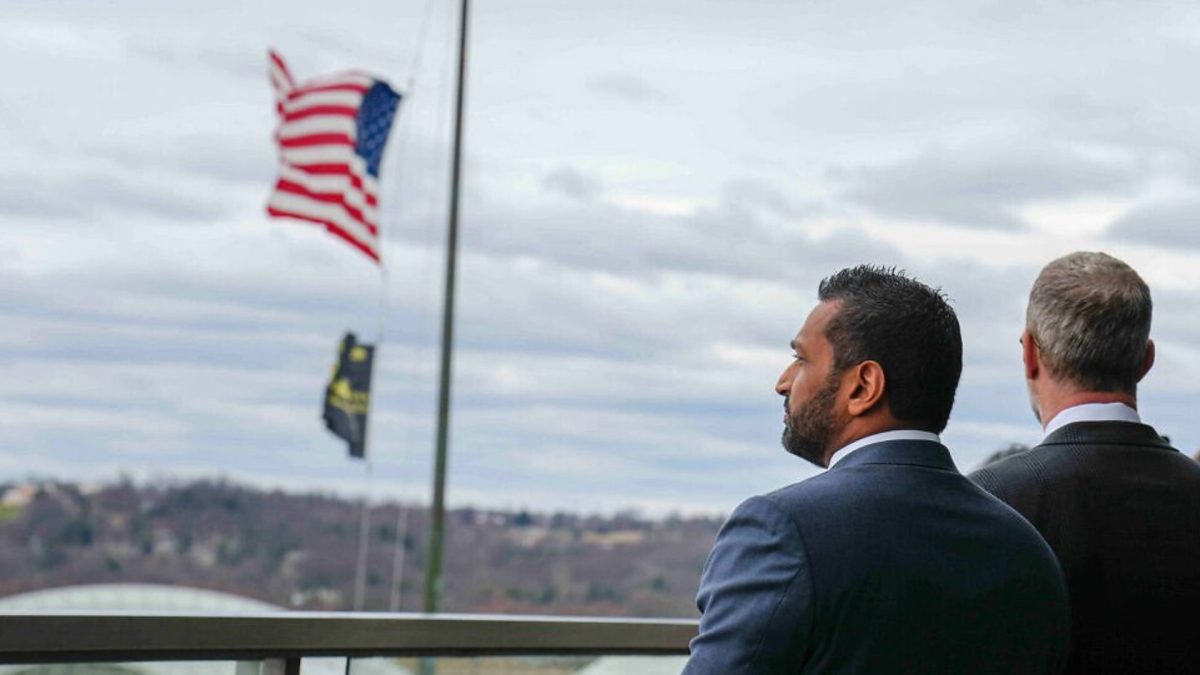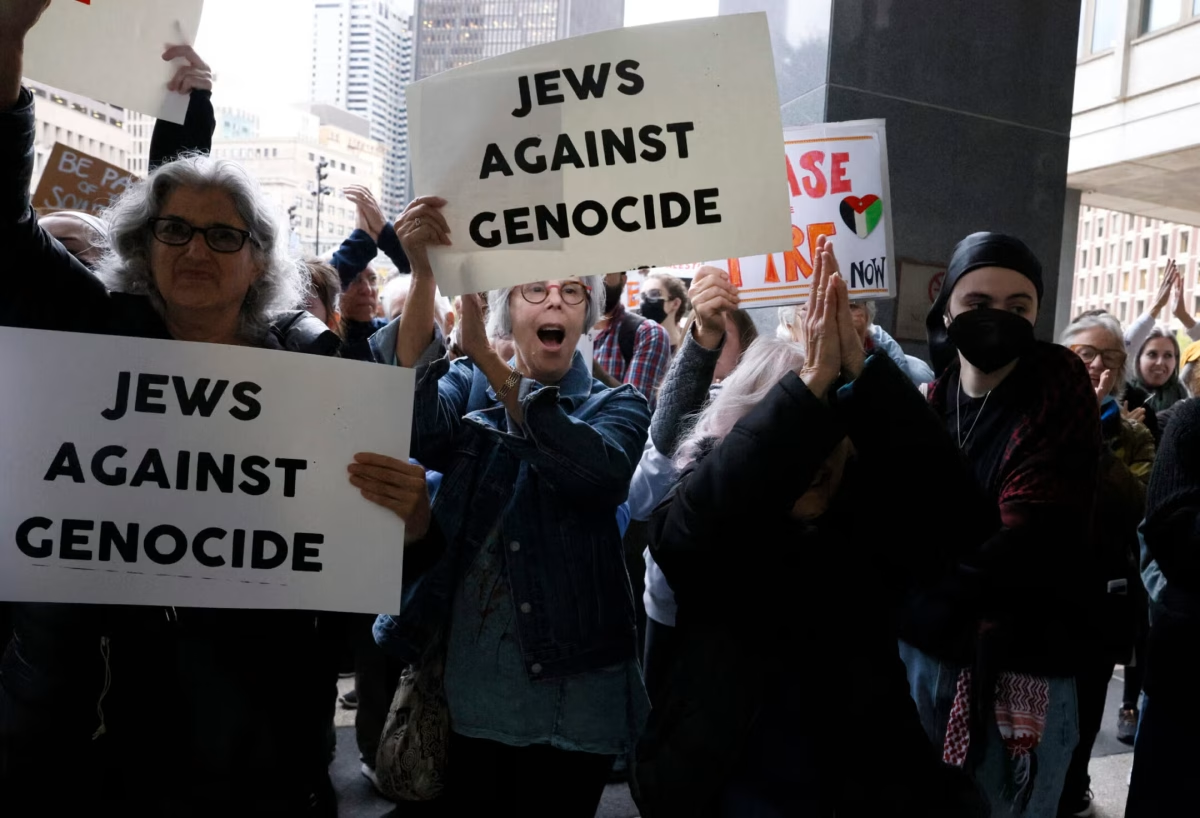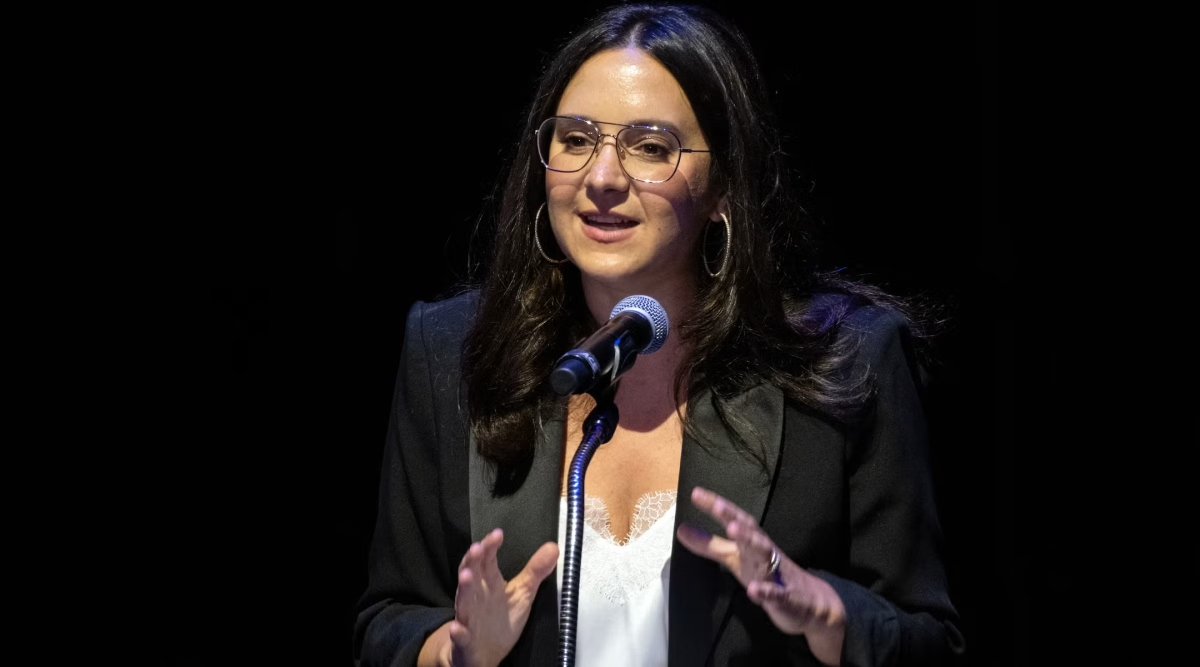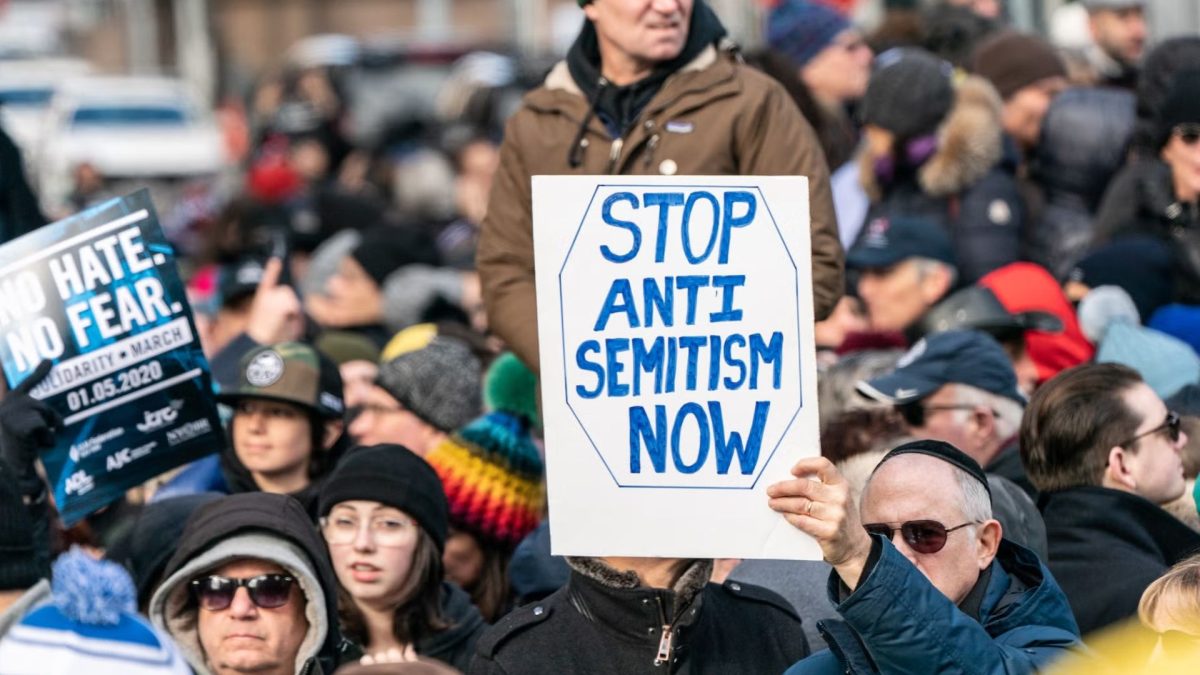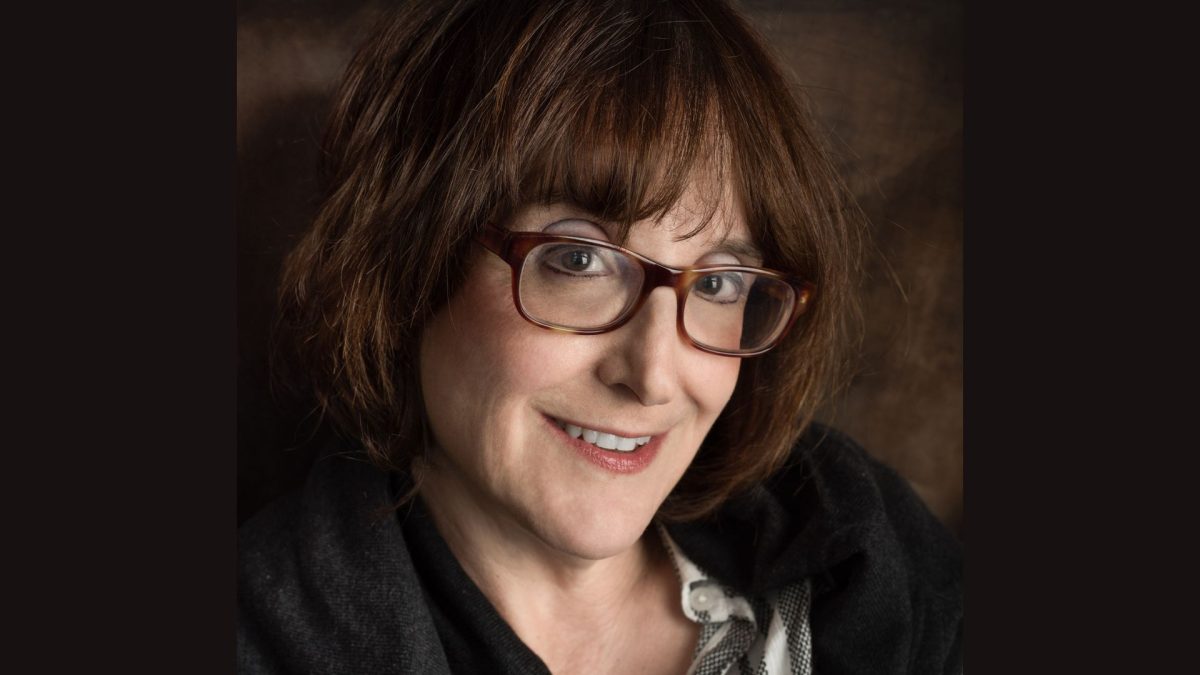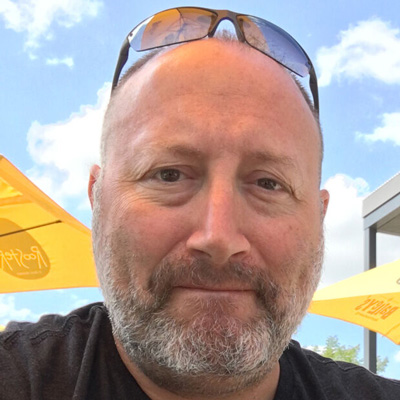A new exhibition is putting a focus on the critical role military chaplains played during World War I and it features the legendary Rabbi Elkan C. Voorsanger, who was known as “The Fighting Rabbi from St. Louis.”
The exhibition “Sacred Service,” recently opened at the National WWI Museum and Memorial in Kansas City. It examines the experiences of chaplains from multiple religious traditions, including rabbis, priests, pastors, monks, and imams.
“These spiritual leaders faced the same brutal realities of war as the soldiers they served yet remained pillars of courage and compassion on the battlefield,” said Matt Naylor, president and CEO of the museum.
ADVERTISEMENT
The exhibit employs a mix of artifacts, film, images, first-person accounts and interactive 3D-models to offer visitors a profound glimpse into the chaplains’ lives.
The rabbis
Among the chaplains featured are Voorsanger of the U.S. Army and Rabbi Leo Baeck, who served in the German army.
Voorsanger, known as “The Fighting Rabbi,” was a St. Louis native and a Reform rabbi ordained in 1914.
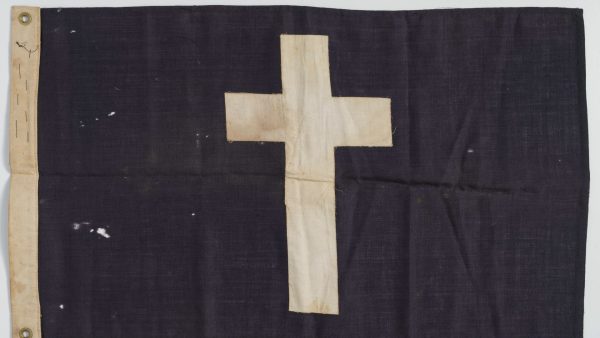
“In the fall of 1915, Rabbi Voorsanger arrived in St. Louis as an associate to Rabbi (Samuel) Sale,” said Congregation Shaare Emeth Rabbi Emeritus Jeffrey Stiffman. “The beginning of U.S. involvement in World War I was of deep concern to both Rabbi Sale and Voorsanger. In February of 1917, Voorsanger left Shaare Emeth and after a brief stay at Barnes Hospital as chaplain, he enlisted in the U.S. Army.”
ADVERTISEMENT
In 1917, Voorsanger explained his decision: “I am entering this war to register my protest against the war. I can do that in no better way than to go to the front to alleviate the suffering of those who know not why they go.”
Voorsanger was one of the first 500 American soldiers in the American Expeditionary Forces (A.E.F) and was among the first group of American soldiers to arrive in France in May 1917. Initially trained as a medic when the government allocated additional positions for chaplains, Voorsanger became the first rabbi commissioned as an American military chaplain in the conflict. He eventually rose to the role of senior chaplain for the 77th Division.
His nickname, “The Fighting Rabbi,” came from his enthusiasm for joining servicemen on the front lines. During the 1918 Meuse-Argonne offensive, Voorsanger was injured by enemy fire while aiding soldiers during a midnight patrol. For his actions, he received the Purple Heart and French Croix de Guerre.
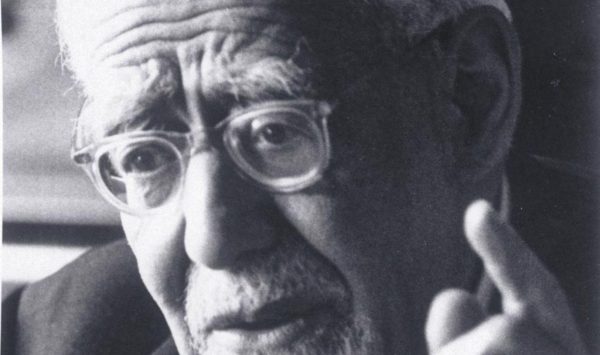
Rabbi Baeck served German soldiers during the war, organizing Jewish services for many dispersed German Jewish soldiers and was pastorally responsible for over 70 field hospitals. He also wrote extensively, providing reports in the “Gemeindeblatt der jüdischen Gemeinde zu Berlin” (a newsletter of the Berlin Jewish Community).
Baeck’s sermons were often meditations on a “new piety” whose bearers simply appreciate life in the face of war. Baeck believed that Jews would not be disillusioned on the front:
“We have known this feeling from the days of our forefathers: of standing alone in the family of nations, not understood or respected… So our religion signifies hope,” he wrote in 1914.
As the population of fighting German Jews was scattered throughout the ranks and divisions of the German Army, services comprising men of many regions, ranks, and duties were held in one location.
“Despite their differences, it was clear to Baeck that when the men came together for services there was ‘warmth, light and joy’ found in these small gatherings,” said Naylor.
In the exhibit, a quote from Baeck preaching on Rosh Hashanah 1914 reads: “Hear! God speaks to you! The world around us speaks […] and only insofar as there are people who hear will thoughtfulness and loyalty, righteousness and love descend to earth.”
Exhibition details
Admission to “Sacred Service” is included in a general admission ticket. For more information about the exhibition and the museum, visit the National WWI Museum and Memorial online.



